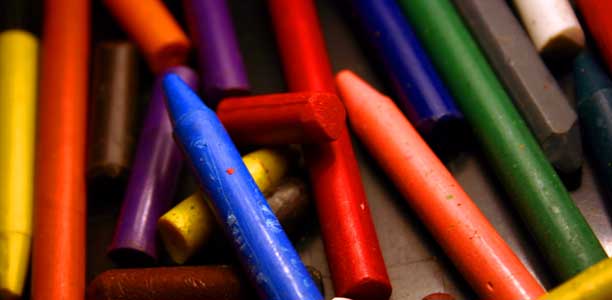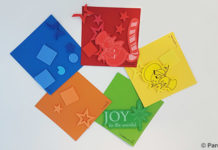Age
For 1 year olds and above.
Duration of activity
This activity can last for an hour or more.
Materials/equipment
- Baa baa coloured sheep template
- Colouring crayons/pencils
- Scissors
Cost
The cost of this activity should be minimal as most of these materials you would already have at home.
Preparation
- Print out the baa baa coloured sheep template.
- Cut out the sheep and sacs (or if the child is older, they should do this themselves).
- Help your child to colour a sheep and set of 3 sacks in a colour – e.g. one sheep and 3 sacs in red, another sheep and 3 sacks in blue etc.
What to do
- Sing the ‘baa baa black sheep’ song with actions. Replace ‘black’ with the colour your child has used.
- Repeat the song in verses until you have sung each colour sheep.
Tips
- Younger children may only have the attention span to do two or three colours, whereas older children should enjoy doing more. Be animated particularly drawing attention to the colour of the sheep that time.
- Older children can be more creative with multiple colours and textures and will find the absurdity humorous, e.g. baa baa pink and green spotted sheep, have you any wool?
- To improve your child’s literacy and awareness of themselves and the people around them, talk about the colours and designs on each sheep and sac. Ask them about their preferences and feelings.
- If you speak a second language, repeat the process in that language. We have the song translated in French.
Safety
- Child-safe scissors should be used and supervised for younger children.
- Monitor that younger children do not eat the crayons/colours.
Educational outcomes
Fine motor skills
Cutting and colouring both help your child to develop the small muscles in the fingers and their fine motor skills. For example, this teaches them to use muscles in their hands to grasp the scissors and open and close them when they do the cutting. Children generally develop the motor skills needed to cut paper with scissors between 36-48 months. They will be learning how to use a pencil. Toddlers may need a bit of encouragement to hold it properly (they usually begin by clenching it in their fist and scribbling), but by two years of age most children can grip a pencil correctly in their fingers.
Persistence, creativity and initiative
These activities may be difficult for toddlers, but you should notice your child developing the skills to persist. If you repeat this activity they will be able to sit for longer periods and do more cutting and colouring before they get bored. You may even find they come up with creative new ways to play the game (or colour the sheep and sack, for example with a pattern instead of a block colour), or choose it when you ask them what they would like to do. Simple things like letting your child decide to play and modify the game to suit their interests help develop their creativity and ability to take initiative.
Mathematical skills
This activity can also help develop your child’s mathematical skills. They will learn about the numbers 1 and 3, and how to associate the spoken numbers with a number of objects (e.g. three fingers held up). Discussing the shape, size, colour and pattern (if your child is old enough to colour, for example spotty sheep) of the sheep and sacks will help develop their mathematical vocabulary. They will also begin to learn about mathematical concepts like measurement and relative size. Discussions about the size and other characteristics of objects on the colouring sheet can also help them develop reasoning and problem solving skills.
Exactly what your child learns depends on their age. For example children start to learn about relative size (e.g. big vs. small) around two years of age. They will probably be able to recognise colours from about 18 months (e.g. put all the red sacks together), but it may take them a bit longer to consistently name the correct colour (e.g. say red instead of another colour when you hold up the red sacks). By about three years of age they should be able to count to three.
Communication and language skills
People communicate a lot with their body language. This game will help teach your child understand how gestures like nodding or shaking the head or pointing a finger can be used to communicate with others. Toddlers usually learn to associate meanings and gestures between 12-18months.
Singing the song is a good way for your child to practice pronouncing words correctly and they may learn new words from singing the song. The rhyming words at the end of each line of this song will help them develop awareness of words that sound the same. The simple act of talking to your child about what they see on the page will help develop their vocabulary and language skills, for example how to put words together in a sentence.
Social and emotional development
Learning about the people, animals and places around them, and how to relate to them is an important part of growing up. When singing this song your child will be learning by hearing about the different people in the song. They will also be introduced to the concept of sharing, when they sing about the bags of wool being given to the different people.
References
- Virginia Early Childhood Development Alignment Program. Milestones of child development- A guide to young children’s learning and development from birth to kindergarten. 2009. (cited 26 July 2013). Available from: (URL Link)
- Queensland Health. Physical and cognitive milestones. 2007. (cited 31 July 2013). Available from: (URL Link)



 (6 votes, average: 4.33 out of 5)
(6 votes, average: 4.33 out of 5) 






